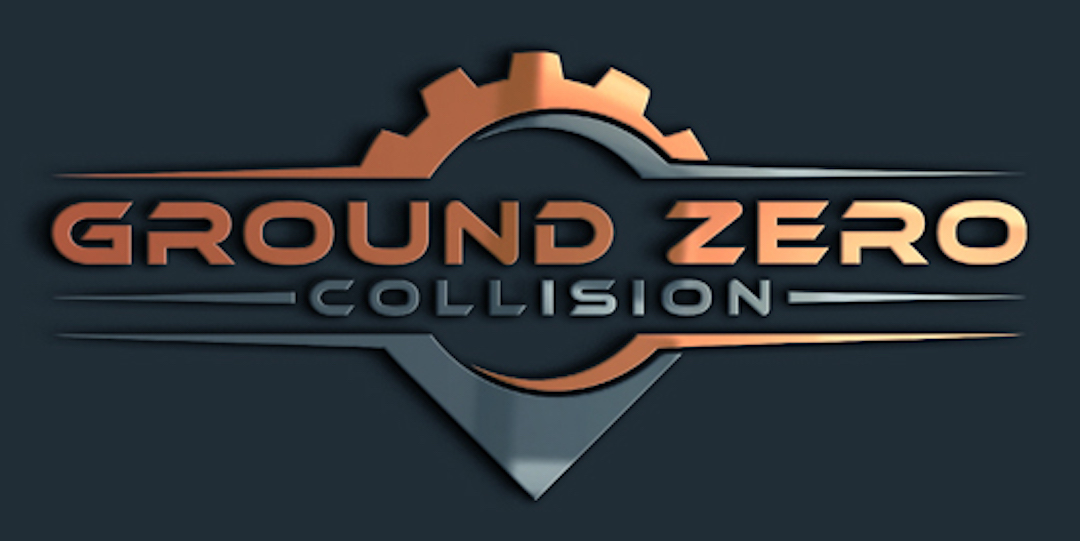When your vehicle requires collision repair, understanding the estimate process is crucial to ensure quality repairs and maintain your vehicle’s integrity. An estimate outlines the necessary repairs to restore your vehicle to its original condition. Understanding your collision estimate before proceeding with repairs empowers you to make informed decisions.
The Basics of Auto Collision Repair Estimates
A comprehensive estimate typically includes:
- Parts Costs: This details whether Original Equipment Manufacturer (OEM) or aftermarket parts will be used.
- Labor Costs: Indicates the total hours required for the repair and the associated labor rates.
- Materials: Covers items like paint, primer, and other necessary supplies.
It’s important to note that labor costs constitute a significant portion of auto body repair expenses. By understanding the fundamentals of collision repair estimates and collaborating with a qualified appraiser, you can facilitate a smooth and effective repair process.
The Importance of Using OEM Parts
Opting for OEM parts in collision repairs is essential for several reasons:
- Safety: OEM parts are designed and tested to meet your vehicle’s safety standards, ensuring that features like airbags and crumple zones function correctly.
- Quality and Fit: These parts are manufactured specifically for your vehicle model, guaranteeing a precise fit without the need for modifications. This ensures that your vehicle is restored to its original condition, maintaining both appearance and functionality.
- Durability: OEM parts are made from high-quality materials and are built to last, reducing the likelihood of future repairs.
While aftermarket parts may offer cost savings, they can vary in quality and may not provide the same level of safety or durability as OEM parts. Choosing OEM parts ensures that your vehicle maintains its structural integrity and performs as intended.
Common Abbreviations in Collision Repair Estimates
Understanding common abbreviations used in repair estimates can help you navigate the process more effectively:
- A/M (Aftermarket): Refers to parts made by a manufacturer other than the original vehicle manufacturer.
- LKQ (Like Kind and Quality): Denotes used or salvaged parts that are similar in condition to the original parts.
- R&I (Remove and Install): Indicates that a part will be removed and then reinstalled during the repair process.
- R&R (Remove and Replace): Means a part will be removed and replaced with a new one.
- FEA (Front End Alignment): Refers to the alignment of the vehicle’s front wheels.
Familiarity with these terms can aid in understanding the scope of work and the parts involved in your vehicle’s repair.
Making Informed Decisions About Your Repair Estimate
As the vehicle owner, you have the final say in the repair process. It’s essential to:
- Review the Estimate Thoroughly: Ensure you understand all aspects of the proposed repairs.
- Ask Questions: If any part of the estimate is unclear, seek clarification from the repair shop or your insurance adjuster.
- Understand Your Insurance Policy: Be aware of your deductible, coverage limits, and any stipulations regarding the use of certain repair shops or parts.
By choosing a reputable repair shop and insisting on the use of OEM parts, you can ensure that your vehicle is restored to its original condition, maintaining both its safety and value.
In summary, understanding collision repair estimates and the importance of using OEM parts are vital steps in ensuring your vehicle’s quality and structural integrity post-repair.
As always, if you have any questions, please contact us right away. We are always happy to help educate an keep you informed.

